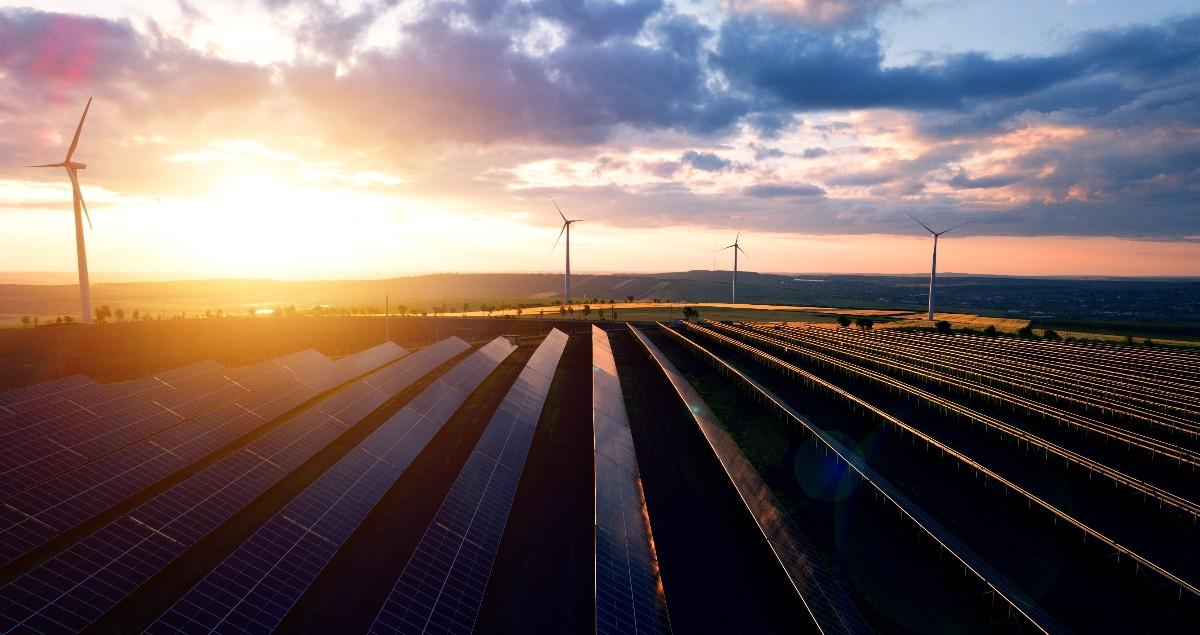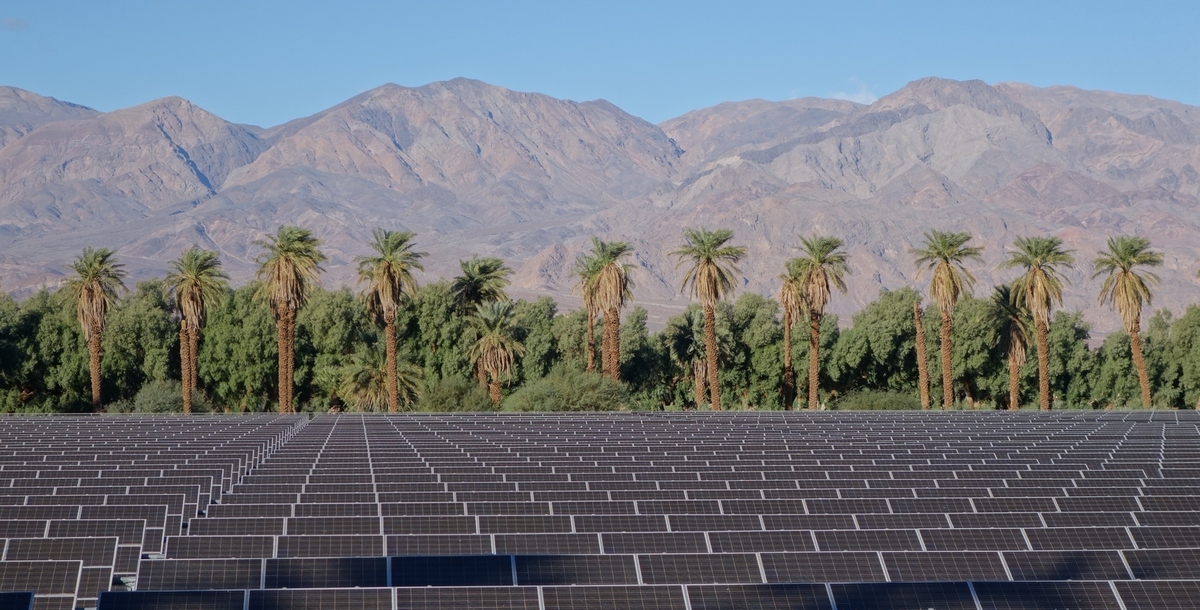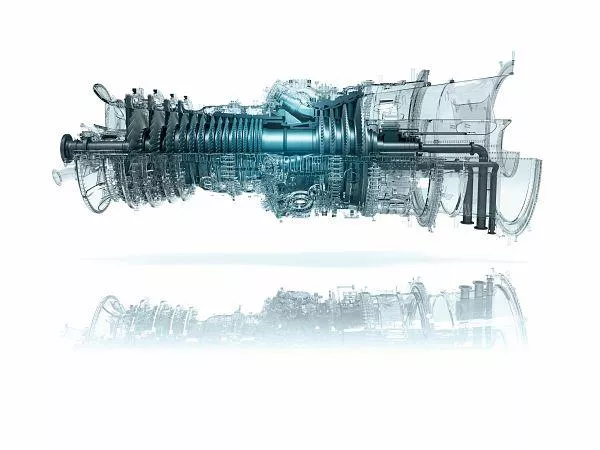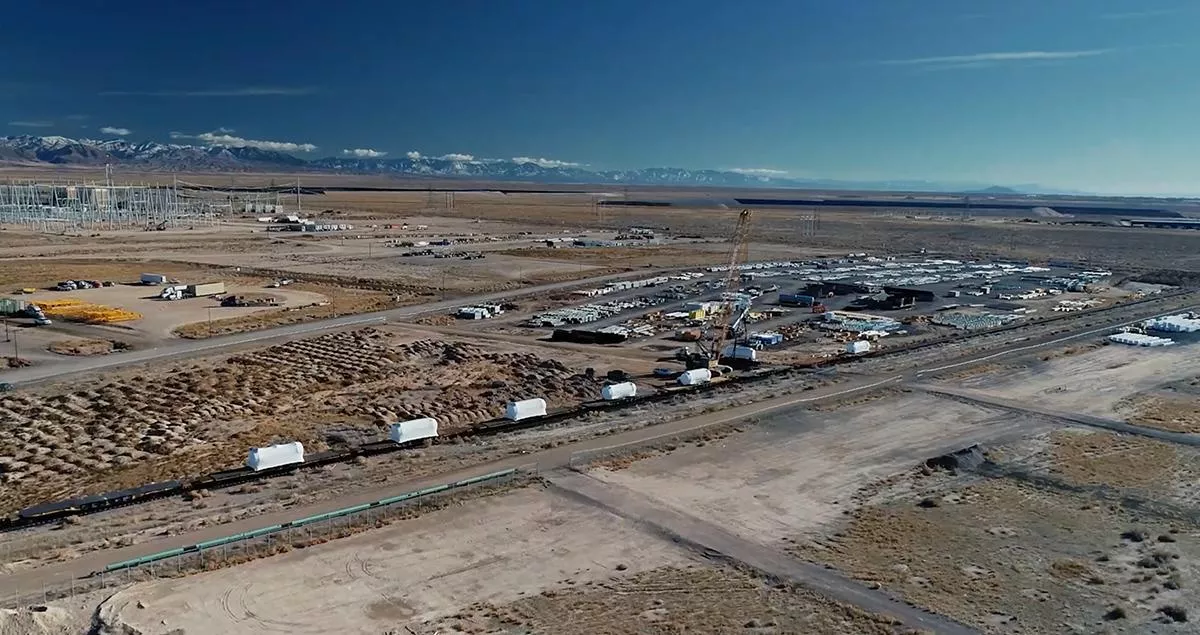Meeting the rising need for power system flexibility

Think about how you are more likely to switch on lights in the evening, or the times of year you are less likely to want to cool your home, and you’ll understand why power systems have, to a degree, always had to be flexible.
Traditionally, systems have been structured to allow for such variability in demand and availability of resources. The need to integrate more renewable energy sources into grids, however, is presenting new challenges. Sources such as wind turbines and solar panels are dependent on the wind blowing and the sun shining, meaning energy companies are losing more control over generation to the weather.
This is making the energy system more volatile and unpredictable. And as renewables are increasingly brought online, experts are starting to see a rise in the need for flexibility, and a shift in the type of flexibility required to ensure a reliable, affordable and clean power supply.
An increasing amount of inflexible resources
A flexible power system effectively adapts to changes in generation or demand. But according to Michael Ducker, President & CEO of MHI Hydrogen Infrastructure, a subsidiary of Mitsubishi Power Americas — who has spent his career at the forefront of energy trends with both public and private organizations — today’s clean energy mix is “dominated by largely inflexible resources”.
“Integrating this ever-increasing amount of inflexible energy is taking up a lot of the slack that exists on the system, which historically has been provided by resources like natural gas or coal,” Ducker says. “And as we continue to add more renewables, that problem is only going to be exacerbated.”
Official data underscores this growing need for flexibility, the potential for power plants to rapidly ramp output up or down. In the US, for example, the requirement for power system flexibility is predicted to grow by 30%, from 46 gigawatts to nearly 60 gigawatts by 2030. The European Union says its power system flexibility must double by the same year to keep up with renewables.
For Ducker, a diverse range of energy technologies will be key to meeting this evolving challenge. “If we look at solar, which overproduces in the middle of the day, batteries have had an important role in shifting power from mid-day generation peaks to late-day troughs,” he says. “But now in the US, as we hit 34% renewables penetration in some parts of the country, we’re no longer just trying to solve that challenge within a day — we’re trying to solve the imbalance across seasons.
“We haven’t seen this issue materialize until we hit the percentages of renewable integration we are seeing today. The script has completely flipped — and that’s where dialogues about other technologies come into play.”

Shifting excess capacity across seasons
A recent report from the International Energy Agency (IEA) reinforces that, as renewables continue to grow their share of generation in future power systems, a mix of flexible resources is needed to manage variability across all timescales and seasons.
Natural gas remains an important fuel for ensuring reliable power during the energy transition, releasing significantly less CO2 than other fossil fuels. As the IEA report notes, the transition toward net zero emissions will require all flexibility services to be fully decarbonized.
Here, green hydrogen can play a variety of potential roles. It can be blended with natural gas to fuel co-firing turbines — with players such as Mitsubishi Power, a power solutions brand of Mitsubishi Heavy Industries (MHI), working to develop technology that can support an increase in the percentage of hydrogen in the mix from 30% to, ultimately, 100%. Hydrogen can support the decarbonization of multiple hard-to-abate sectors, such as steelmaking, chemicals manufacturing, or heavy-duty transport. And it could help tackle the issue of renewables’ seasonal variability as an energy storage medium.
“Hydrogen can have a tremendously beneficial role in shifting excess capacity from winter to summer,” Ducker says. “It’s going to be critical in dealing with seasonal variations to help better integrate renewables."

Energy storage with ‘enormous’ potential
As the penetration of renewables in energy systems increases, so too will instances of curtailment of production from these sources when power exceeds demand and there is nowhere else for that power to go. In the western US, where solar and wind power curtailments are rising, Mitsubishi Power Americas and Chevron are developing a site that could serve as a blueprint for one solution to this problem.
The Advanced Clean Energy Storage project (ACES Delta), in Utah, will produce carbon-free hydrogen from water through electrolysis, and provide underground storage for hydrogen in huge salt caverns. Supporting decarbonization at the Intermountain Power Agency (IPA), the local utility, the site is expected to bring reliable carbon-free power to millions. And according to Ducker, the potential for storing energy in this way is enormous.
“The site in Utah has the ability to store the entire western US overproduction of renewables that we see in the winter and spring months to help shift that to summer and fall,” he says. “That site alone could support the decarbonization of the entire western US. And as we look at other sites across the country, there is more than ample enough geologic storage potential in salt caverns to support that integration.”

Finding the optimal mix of solutions
As energy demand, driven by factors including the explosion of AI and cloud technology, continues to grow, and ever-more renewable sources are added to the grid, finding the right mix of solutions will be crucial.
It’s all about keeping the overall goal — reliable, affordable, and clean power — front of mind, Ducker emphasizes. “We should expect to see a very diverse mix of technologies in the overall energy portfolio,” he says. “It’s not going to be dominated by wind or hydrogen — but a healthy mix of technologies and approaches complementing and supporting each other to achieve the right outcome."
![]()
Discover more about how Mitsubishi Power is addressing the energy challenges of today and tomorrow





